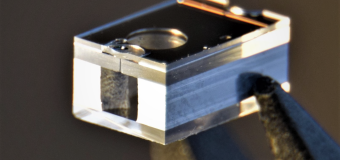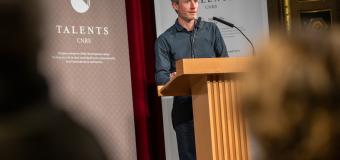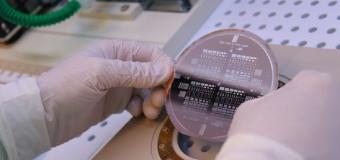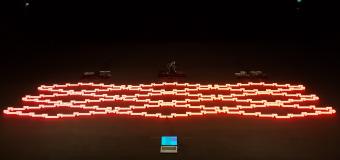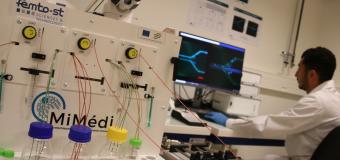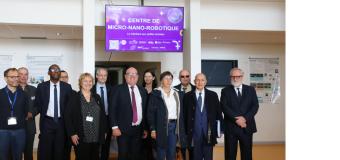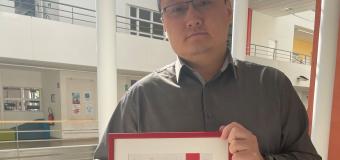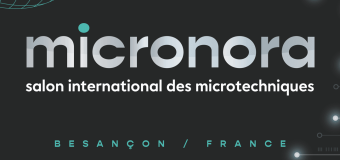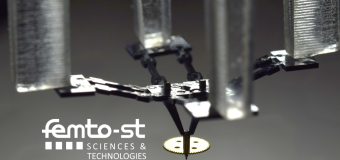DESCROIX-VERNIER ETHICSCIENCE award for Agathe FIGAROL
An innovative tumor model on a microchip to fight brain cancer
Glioblastoma is the most frequent and aggressive brain tumor. After diagnostic, the median patient survival is of about 12 months. Preclinical research to fight it is caught between too simplistic models, and animal assays with its ethical burdens and uncertainties linked to inter-species differences. This project will develop a model closer to the human body: a tumor-on-a-microchip. In a gel, constituting the tumor micro-environment, several human cell types will organize in 3D to form micro-vessels. Those will be perfused to mimic the blood flow, and study the transport and efficiency of new nano-drugs. A prototype is currently in development, and a final version should be available in 18 months. The goal is to better understand and treat brain tumors, while offering an alternative to animal experimentation.
This project (GLIMPSE) was awarded the Descroix-Vernier EthicScience in the "Innovation" category on last February 2nd in Paris.
[[{"fid":"12301","view_mode":"default","fields":{"format":"default","alignment":"","field_file_image_alt_text[und][0][value]":false,"field_file_image_title_text[und][0][value]":false,"external_url":""},"type":"media","field_deltas":{"2":{"format":"default","alignment":"","field_file_image_alt_text[und][0][value]":false,"field_file_image_title_text[und][0][value]":false,"external_url":""}},"attributes":{"class":"media-element file-default","data-delta":"2"}}]]
Contact : Agathe FIGAROL


